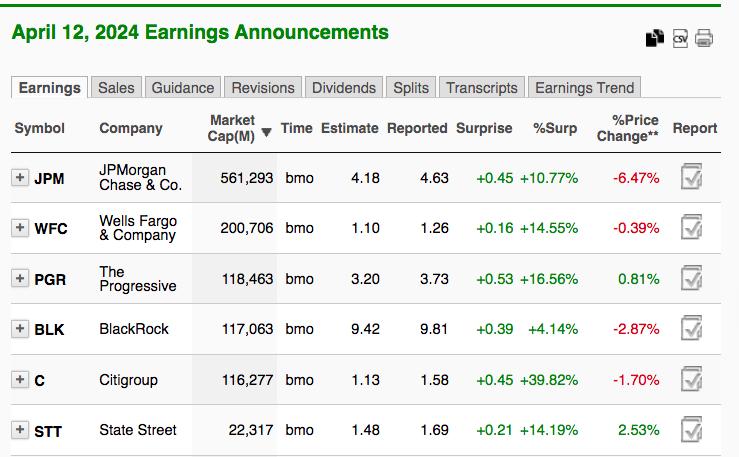Analyzing financial indicators provides significant insight into the health and stability of companies and markets. From revenue trends to debt levels, financial metrics offer a barometer of economic strength and potential risks. When examining these indicators closely, investors and analysts can unearth valuable information that may serve as warning signs or opportunities for growth.
One crucial financial indicator to consider is the debt-to-equity ratio. This ratio reveals the proportion of debt a company uses to finance its operations compared to its equity. A high debt-to-equity ratio indicates that a company is heavily reliant on debt, which could increase financial risk in times of economic downturns or rising interest rates. Investors should be wary of companies with significantly high debt-to-equity ratios as they may struggle to meet debt obligations, impacting shareholder value.
Another essential indicator is the current ratio, which measures a company’s ability to cover its short-term liabilities with its short-term assets. A current ratio below 1 suggests that a company may have difficulty meeting its short-term obligations. Conversely, a current ratio significantly above 1 signifies a strong financial position with the ability to cover liabilities comfortably. Investors should monitor fluctuations in the current ratio to gauge a company’s liquidity and financial health.
Furthermore, analyzing revenue trends can offer valuable insights into a company’s growth potential. Consistent revenue growth over time indicates a healthy business that is attracting customers and expanding its market presence. On the other hand, declining revenues may signal underlying issues such as market saturation, changing consumer preferences, or operational inefficiencies. Investors should assess revenue trends to evaluate a company’s competitive position and sustainability.
Cash flow analysis is equally crucial in evaluating a company’s financial strength. Positive cash flow demonstrates that a company is generating more cash than it is spending, enabling it to reinvest in the business, pay dividends, and reduce debt. Conversely, negative cash flow could indicate potential liquidity issues and operational challenges. Investors should consider cash flow trends to assess a company’s ability to fund its activities and withstand economic uncertainties.
In conclusion, analyzing financial indicators is vital for investors and analysts to assess the health and stability of companies and markets. Debt-to-equity ratios, current ratios, revenue trends, and cash flow analyses provide valuable insights into a company’s financial position, risks, and growth opportunities. By closely monitoring these indicators, stakeholders can make informed investment decisions and mitigate potential risks in their portfolios.
